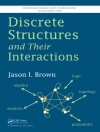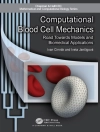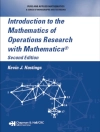Project planning, scheduling, and control are regularly used in business and the service sector of an economy to accomplish outcomes with limited resources under critical time constraints. To aid in solving these problems, network-based planning methods have been developed that now exist in a wide variety of forms, cf. Elmaghraby (1977) and Moder et al. (1983). The so-called "classical" project networks, which are used in the network techniques CPM and PERT and which represent acyclic weighted directed graphs, are able to describe only projects whose evolution in time is uniquely specified in advance. Here every event of the project is realized exactly once during a single project execution and it is not possible to return to activities previously carried out (that is, no feedback is permitted). Many practical projects, however, do not meet those conditions. Consider, for example, a production process where some parts produced by a machine may be poorly manufactured. If an inspection shows that a part does not conform to certain specifications, it must be repaired or replaced by a new item. This means that we have to return to a preceding stage of the production process. In other words, there is feedback. Note that the result of the inspection is that a certain percentage of the parts tested do not conform. That is, there is a positive probability (strictly less than 1) that any part is defective.
Klaus Neumann
Stochastic Project Networks [PDF ebook]
Temporal Analysis, Scheduling and Cost Minimization
Stochastic Project Networks [PDF ebook]
Temporal Analysis, Scheduling and Cost Minimization
Buy this ebook and get 1 more FREE!
Language English ● Format PDF ● ISBN 9783642615153 ● Publisher Springer Berlin Heidelberg ● Published 2012 ● Downloadable 3 times ● Currency EUR ● ID 6329106 ● Copy protection Adobe DRM
Requires a DRM capable ebook reader












